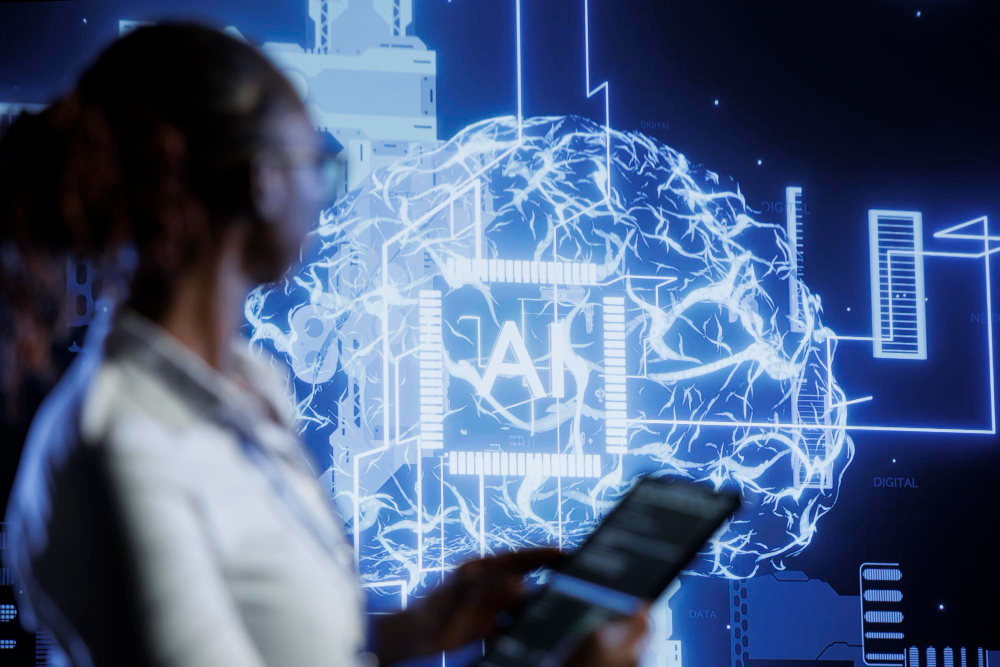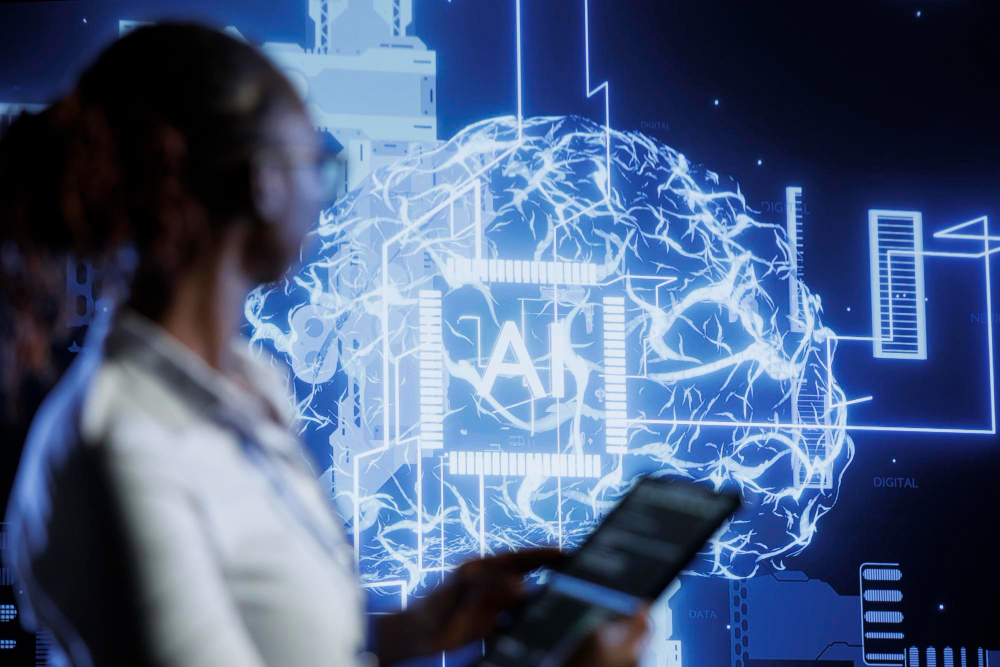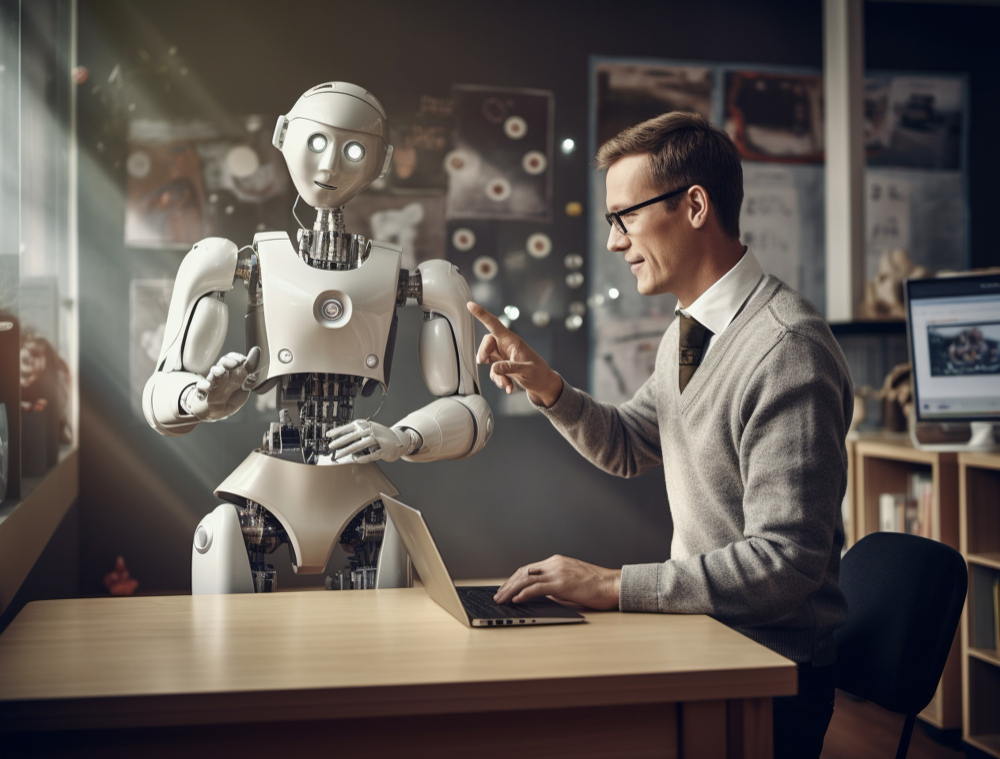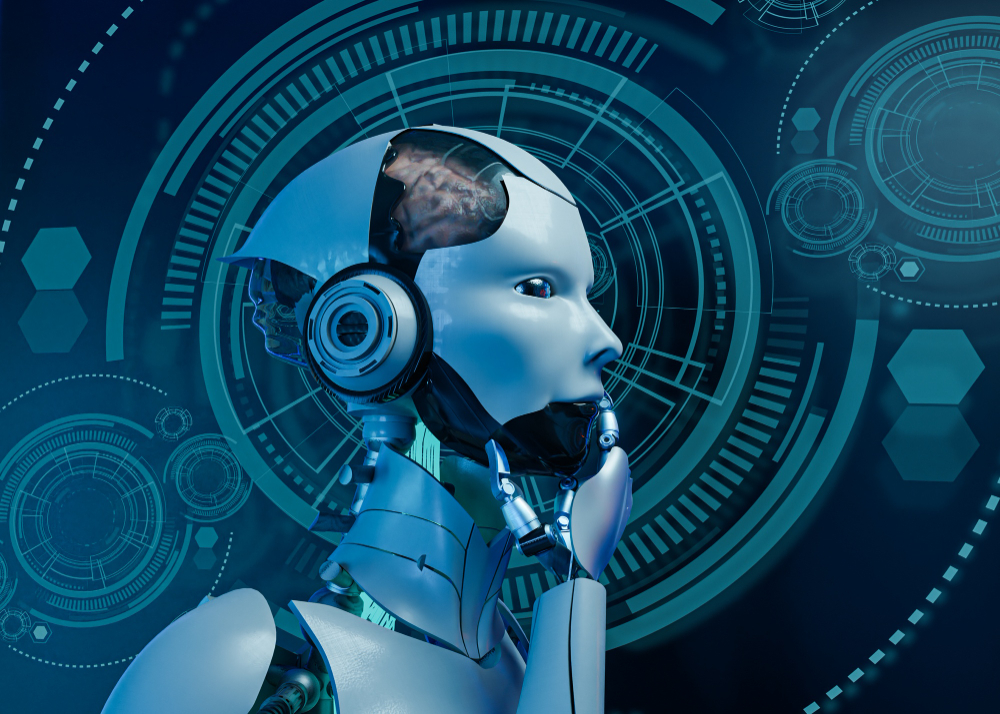The Minds Behind the Models: How LLMs Are Engineered

Strong 8k brings an ultra-HD IPTV experience to your living room and your pocket.
Introduction: Building the Brains of Modern AI
Large Language Models (LLMs) are the beating heart of today’s most advanced AI systems. From ChatGPT and Claude to open-source models like LLaMA and Mistral, these models are transforming how we write, code, search, and even think.
But behind the smooth, intelligent responses is a complex process of engineering, research, and iteration. This post pulls back the curtain on LLM development—exploring how these models are built, the people who design them, and what makes them tick.
What Is an LLM?
A Large Language Model is a deep learning model trained on massive volumes of text. It uses a transformer-based architecture to understand and generate language. Unlike earlier NLP systems designed for narrow tasks, LLMs are general-purpose, capable of:
Answering questions
Writing essays or code
Translating languages
Summarizing documents
Solving logic puzzles
Holding natural conversations
They achieve this through emergent abilities that arise from scale and training—not hardcoded logic.
Who Are the Minds Behind the Models?
LLMs are built by interdisciplinary teams of researchers, engineers, data scientists, ethicists, linguists, and product designers. Some of the key roles include:
1. Machine Learning Researchers
They design new training algorithms, attention mechanisms, and optimization techniques to improve model performance and efficiency.
2. Data Engineers
These teams curate, clean, and preprocess massive text datasets from books, websites, code, and forums—making sure the data is diverse, high-quality, and ethically sourced.
3. Model Engineers
They implement scalable infrastructure for training models that have billions of parameters, often running on thousands of GPUs or TPUs.
4. Alignment and Safety Teams
Their job is to ensure the model behaves helpfully and safely—fine-tuning outputs, reducing biases, and preventing harmful or misleading content.
5. Product Teams and UX Designers
They shape how the model is delivered: chat interfaces, APIs, writing assistants, coding copilots, and more. The user experience is just as important as the backend.
Step-by-Step: How an LLM Is Engineered
1. Data Curation and Preprocessing
It all starts with data. Developers collect and prepare huge corpora of text—ranging from Wikipedia to open-source code, news articles, scientific papers, and books.
Key tasks include:
Removing duplicates
Filtering out toxic or low-quality content
Tokenizing the data into manageable chunks
Balancing representation across domains and languages
Quality matters more than sheer volume.
2. Model Architecture Design
Most LLMs are based on the transformer architecture, introduced in 2017. Engineers decide:
How many layers (depth)
How many attention heads
What embedding size
How to handle positional information
Whether to use decoder-only (like GPT) or encoder-decoder (like T5)
The architecture must balance performance, memory use, and training efficiency.
3. Training the Base Model
Training is the most resource-intensive step. The model is fed tokens and trained to predict the next one—over hundreds of billions of examples.
To handle this:
Model weights are split across devices using distributed training
Techniques like mixed-precision training save memory
Checkpoints are used to recover from crashes
Evaluation sets track learning progress and overfitting
Training can take weeks or months, depending on the size and scope.
4. Alignment and Fine-Tuning
After the base model is trained, it still lacks "human intent." Fine-tuning aligns the model with real-world tasks and ethical norms.
This includes:
Supervised Fine-Tuning (SFT): Training on labeled datasets like Q&A pairs or conversations
Reinforcement Learning from Human Feedback (RLHF): Humans rank outputs; a reward model teaches the AI to prefer better answers
Safety tuning: Filtering responses to reduce harmful or biased content
Alignment is what turns a raw model into a usable assistant.
5. Deployment and Iteration
Once fine-tuned, the LLM is deployed via:
Web interfaces (e.g., chatbots)
APIs (for developers)
Embedded tools (e.g., writing assistants, coding copilots)
The work doesn’t end here. Teams monitor outputs, collect feedback, and retrain as needed. The model continues to evolve, just like software.
Challenges in LLM Engineering
1. Scalability
Training LLMs demands enormous compute—often costing millions of dollars. Teams must optimize training runs, manage hardware failures, and reduce environmental impact.
2. Bias and Fairness
Language models reflect the biases in their training data. It takes significant effort to detect and mitigate:
Gender and racial bias
Political and cultural skew
Stereotypes and toxicity
3. Hallucinations
LLMs can generate factually incorrect but confident-sounding responses. Engineers use retrieval techniques, grounding, and factual consistency tests to improve reliability.
4. Security Risks
If poorly aligned, LLMs can be used to generate harmful content, malware, or misinformation. Red-teaming, moderation filters, and access controls are critical safeguards.
The Future: Smarter, Safer, More Specialized
LLM development is rapidly evolving. What’s next?
Multimodal models: Combining text with images, audio, video, and code
Agentic behavior: LLMs that reason, plan, and act in software environments
Personalized models: AI assistants tailored to individual users or domains
Smaller, efficient models: Running locally or on edge devices without massive infrastructure
Open-source LLMs: Democratizing access and accelerating innovation
The future will see LLMs as infrastructure—embedded in products, workflows, and daily life.
Conclusion: Engineering the Next Leap in Intelligence
Developing LLMs isn’t just a technical achievement—it’s a fusion of linguistics, ethics, software engineering, and creativity. These models are more than machines that mimic language. They’re the foundation of intelligent systems that are changing how we work, learn, and communicate.
The minds behind the models aren’t just building tools—they’re designing new forms of thought, one token at a time.
https://www.inoru.com/large-language-model-development-company
Note: IndiBlogHub features both user-submitted and editorial content. We do not verify third-party contributions. Read our Disclaimer and Privacy Policyfor details.







